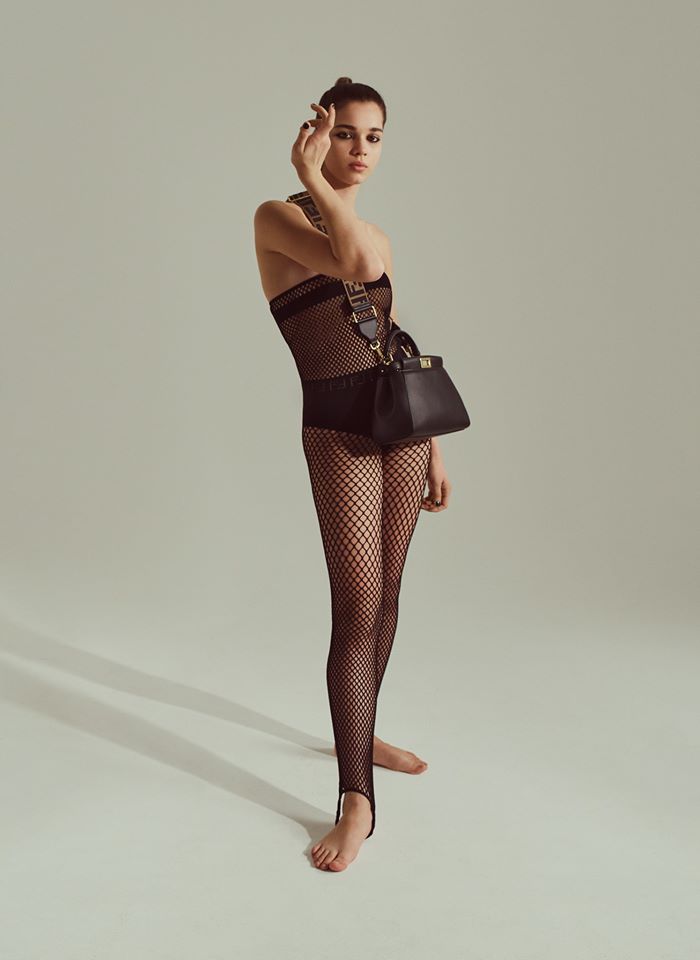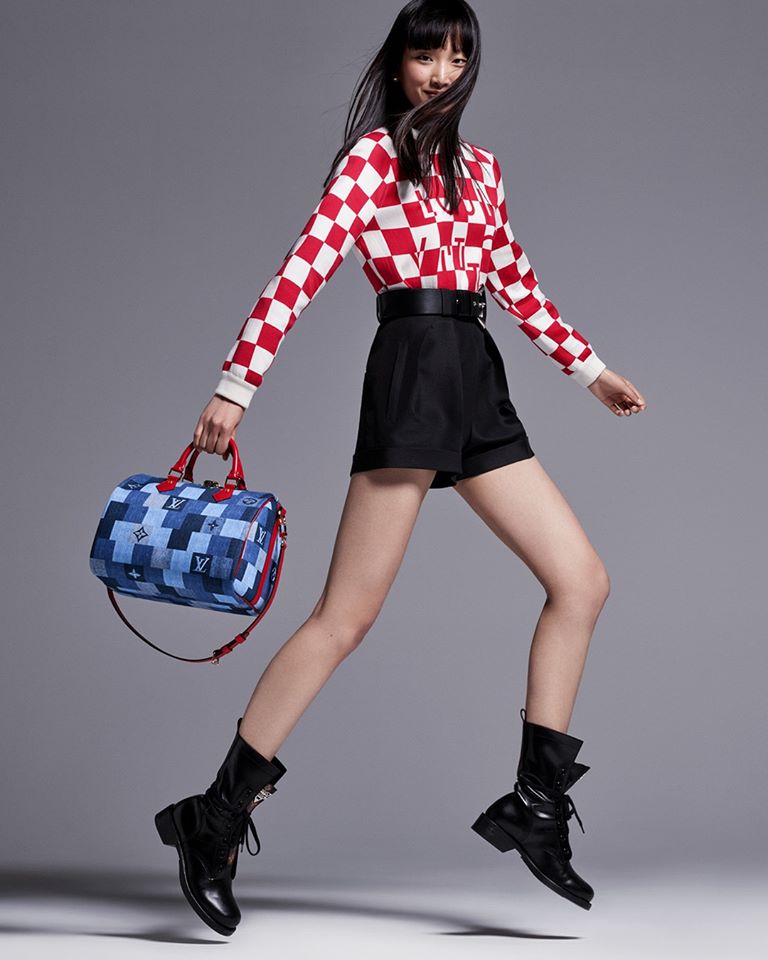The luxury industry faces a challenge like never before. The luxury market will face a difficult year ahead: Bain & Company expects that for the full year 2020, the market could contract between 20-35 percent, depending on the speed of the recovery.
After falling by an estimated 25 percent in the first quarter of 2020, the slowdown should accelerate in the second quarter and could lead to an estimated contraction of between 20 percent to 35 percent for the full year.

Updated for the season with a chic array of crossbody straps, let the @Fendi Peekaboo bag take center stage in your accessories collection. Creative Director: Silvia Venturini Fendi Photographer: Yvan Fabing Model: Yasmin Wijnaldum, Natalia Montero, Mathilda Mariam Gvarliani, Monia, Tae Min Park, Federico Spinas Stylist: CHAOS; @fendi facebook
The coronavirus crisis takes a toll on luxury industry
China has begun to lead the way toward a recovery and Chinese consumers are set to cement their status as crucial drivers of the luxury industry, accounting for nearly 50 percent of the market by 2025. Luxury purchases made online have increased throughout the Covid-19 crisis and the online channel could represent up to 30 percent of the high-end market by 2025.
These are the key findings from Bain & Company, the world’s leading advisor to the global luxury goods industry, in the “Bain & Company Luxury Study 2018 Spring Update” released today in collaboration with Fondazione Altagamma, the Italian luxury goods manufacturers’ industry foundation.
“There will be a recovery for the luxury market but the industry will be profoundly transformed,” said Claudia D’Arpizio, a Bain & Company partner and lead author of the study. “The coronavirus crisis will force the industry to think more creatively and innovate even faster to meet a host of new consumer demands and channel constraints.”

Embrace the illusion. The new @Louis Vuitton Monogram Denim capsule brings a patchwork pattern to smooth canvas on models like the iconic Speedy. @louis vuitton
Bain & Company estimates that the market for personal luxury goods declined by 25 percent in the first quarter of the year, as Covid-19 spread in Asia and then worldwide
A strong start to the year in all key regions (Mainland China, Europe, America) was quickly offset by the imposition of lockdowns and the collapse of tourism, which amplified the decline in Europe. Luxury sales in Japan and the rest of Asia also declined, albeit at a slightly slower pace and the consumer mood globally remains subdued.
Online luxury has remained resilient, while traditional models of directly operated stores and department stores have seen sharp drops. Travel retail has been decimated by the shutdown of worldwide air travel.
“As consumers slowly emerge from lockdowns, the way they see the world will have changed and luxury brands will need to adapt,” said Bain & Company partner and report co-author Federica Levato. “Safety in store will be mandatory, paired with the magic of the luxury experience: creative ways to attract customers to store, or to get the product to the customer, will make the difference.”
All categories have seen declines, with accessories showing the most resilience and watches declining the most due to a lack of online sales platforms to offset the shutdown of physical channels.
Kaia Gerber and the Twist. For spring, Louis Vuitton has introduced new models of the iconic New Classic bag. @louis vuitton
It will take time for the market to recover.
Bain & Company anticipates that a recovery to 2019 levels will not occur until 2022 or 2023. High-end market growth will resume gradually from then on, reaching an estimated €320-330 billion by 2025.
“The speed of future market growth will depend on luxury players’ strategic responses to the current crisis and their ability to transform the industry on behalf of the customer,” said Ms. Levato.
Chinese consumers are set to confirm their place as the most important buyers of luxury, accounting for nearly half of all purchases worldwide by 2025. As a region, mainland China will account for 28 percent of the luxury market, up from 11 percent in 2019.
The online channel, already experiencing double-digit growth in 2019, will continue to gain share and account for up to 30 percent of the market by 2025. This goes hand-in-hand with the younger generations (Gen Y and Gen Z) becoming the majority of the luxury market.
Faced with a crisis like never before, luxury players will need to act now to create their future. Every aspect of the market, from creation to distribution, marketing to supply chain, and crucially the interaction with the final customers will need to be re-imagined to suit a changed world.
“Winning brands will be the ones that best interpret the zeitgeist all while remaining consistent with their inner DNA and individual story,” said Ms. D’Arpizio.

